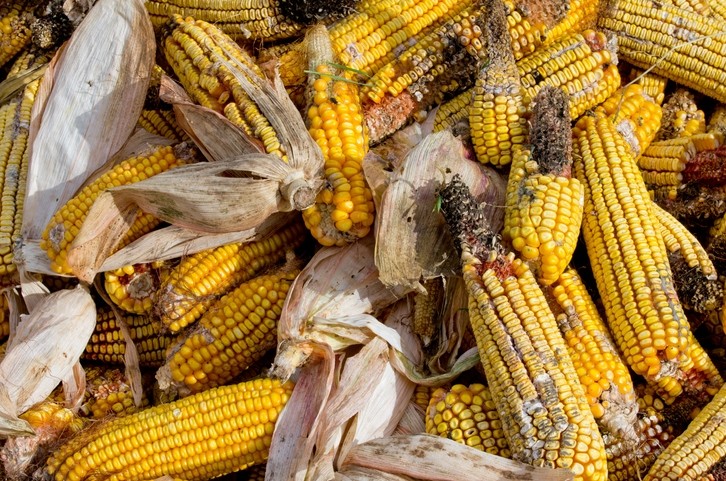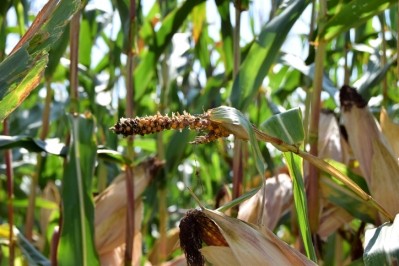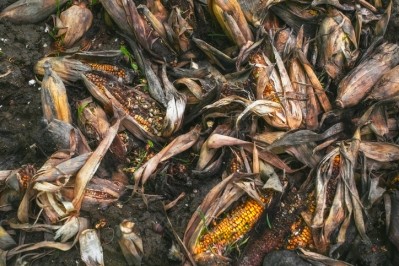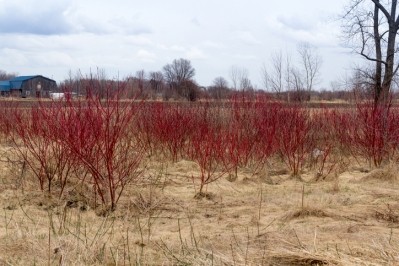Canadian mycotoxin fears draw feed, grain industry responses

High levels of deoxynivalenol or DON have been reported in some of the feed corn harvested in the Canadian province Ontario.
The Ontario-based feed crop grower organization Grain Farmers of Ontario published an open letter to its feed crop producers and members earlier this month regarding the potential for high levels of the mycotoxin to be found in corn and asking for patience while solutions are explored.
The commodity organization represents feed crop and grain producers in the province spanning about 6m acres and generating about $2.5bn in sales, it reported.
“We are facing one of the most severe outbreaks of DON in corn that we have ever seen, and some areas of the province are being hit especially hard,” said Markus Haerle, chairman with Grain Farmers of Ontario in the letter.
The group reported that it was working with the Canadian government to address the situation with DON and find solutions, and released potential ideas to address the issue at the end of last week.
“Grain Farmers of Ontario has made this issue its top priority,” said Haerle in the letter. “We consider this issue at a catastrophic level at this point and it is only getting worse and we have all hands on deck engaging with industry, Agricorp, and the provincial and federal governments.”
However, the feed grain producer organization is not the only one that has been watching the situation the Animal Nutrition Association of Canada (ANAC) told us.
The feed organization is the national trade association related to the feed production industry for livestock and poultry and its members cover about 90% of the commercial feed made in Canada.
DON levels and corn production
In Canada, grains or grain by-products can have up to 5 mg/kg of deoxynivalenol in grain for cattle and poultry diets, not exceeding 50% of the diet.
For swine, young calves or lactating animals the amount approved in grains or grain by-products, not exceeding 40% of the diet, falls to 1mg/kg.
The country is expected to produce about 14.5m metric tons in 2018/19 as the feed ingredient has been expanding in the planted area. Ontario and Quebec are the two provinces that use the most corn but also account for about 85% of production.
Concerns about mycotoxins and feed ingredients
The Canadian feed association also has been following the situation, said Melissa Dumont, executive director with ANAC.
“ANAC has been closely monitoring this situation as corn is an important input for our members,” she added.
“We’ve been in touch with provincial producer and agricultural organizations and based on what we have learned, we do not expect the feed industry to have sourcing issues,” she told FeedNavigator. “This year’s corn crop will be one of the largest Ontario has seen, and there is also some good quality corn being harvested.”
At this point, only about half of the planted corn acreage in Ontario has been harvested, she said, adding, “Levels of mycotoxins being observed currently have been positive compared to the early harvest.”
“Loads of corn are being tested to ensure they are properly handled, segregated and rejected at the feed mill if the mycotoxin levels are too elevated,” Dumont said.
"ANAC encourages the feed industry to continue to test incoming loads and have a good feed safety program in place.”
Addressing challenges
In addition to working with the government, the Grain Farmers of Ontario is discussing the situation with insurance providers, it reported.
The process includes establishing an understanding of what an unmarketable crop is, how salvage benefits work and the timeline involved in writing off fields, said Haerle.
The grain organization’s efforts, however, should not have altered the “selling, buying or insurance process,” he said.
Specific efforts were taken to ensure that barriers were not created for feed crop producers through the work the organization is doing, he said.
The group is attempting to address several topics in its efforts including cash flow and revenue loss, markets for corn with high mycotoxin levels, clarity on insurance and testing protocols.
Some of the solutions presented by the organization included investing in a program to buy grain baggers as a way to provide temporary storage and address bottlenecks in the grain handling system caused by the infected corn.
A second step suggested was a financial investment aimed at improving the consistency and accuracy of the testing process.
Another proposed action to address the use of the feed ingredient would be having a “market mission” to members of the cattle feed industry in Western Canada and the US, the organization said.
The effort would be in addition to efforts already started to have ethanol companies process high DON corn.
There also was interest in bringing testing on-farm for corn producers, the organization reported.














